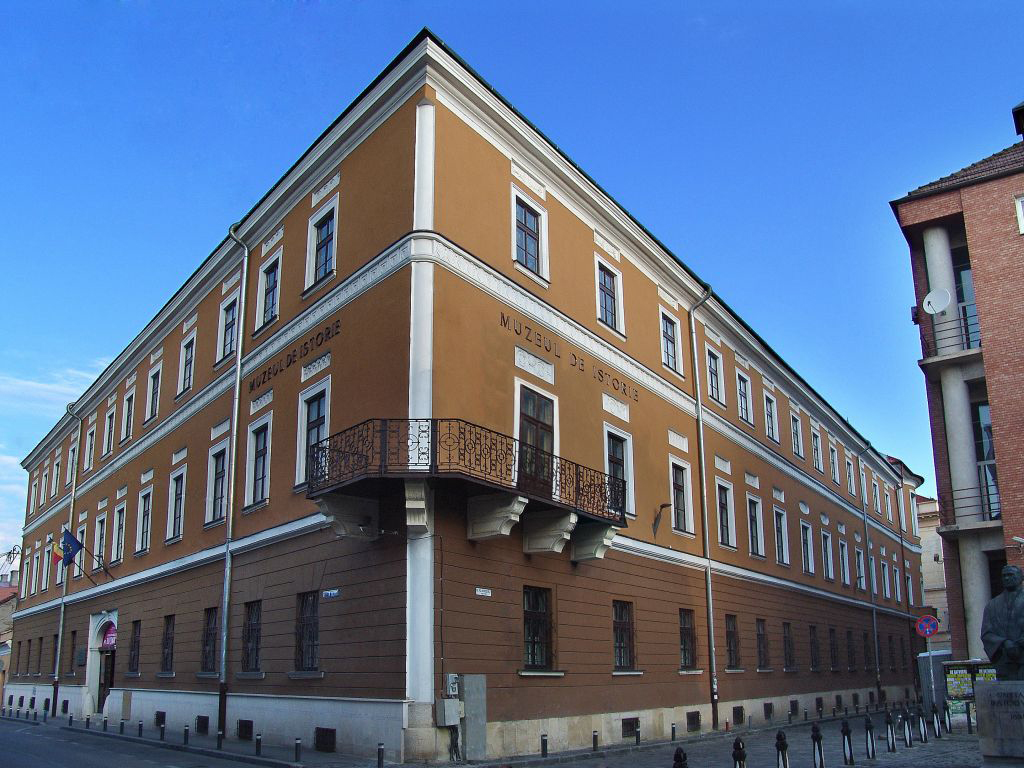The National History Museum of Transylvania
2 Constantin Daicoviciu Street, Cluj-Napoca

The National History Museum of Transylvania is located in the historical centre of Cluj-Napoca, namely in the Museum Square, whose name comes from this museum. The place is full of history not only because of the rich heritage of this museum (more than 450,000 pieces, being the second largest in the country), but also because of the history of the building itself. Originally, the building was not built to be a museum, it was a private house, built in the early 19th century by Major Dániel Petrichevich-Horváth, a great lover of theatre and culture, who hoped to turn it into a centre that would coagulate the social and artistic life of Cluj. Later, the building was bought by the lawyer János Rucska who bequeathed it to the Reformed College. The building was rented by the Institute of Archaeology of the Francis Iosif I University for the exhibition of the numismatics and antiquities collection of the Transylvanian Museum Society.
In 1925, the Romanian state bought the two-story building in Piața Carolina, the current Piața a Muzeului, for the King Ferdinand I University. From 1929, the Institute of Classical Studies will operate here, within the University. In 1933, the Museum of Antiquities was opened, next to the Institute of Classical Studies. In 1963, the current history museum was officially born. Today, even if it is a space dedicated to history, the institution aims to maintain at least part of the original purpose of the building and even to be a centre where, slowly, the social and cultural life of Cluj will (re)coagulate.